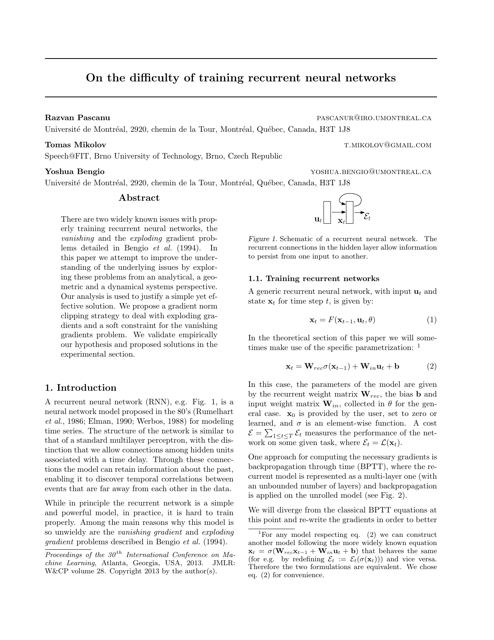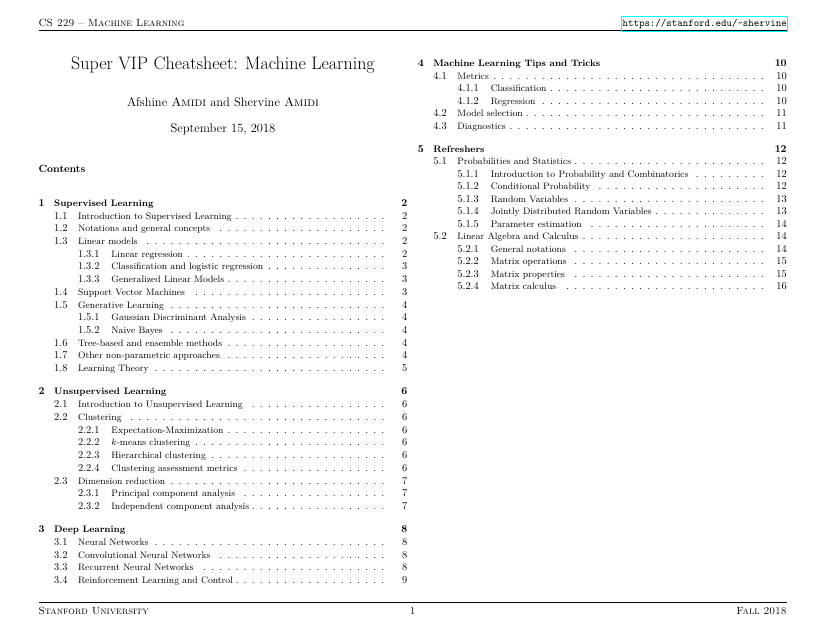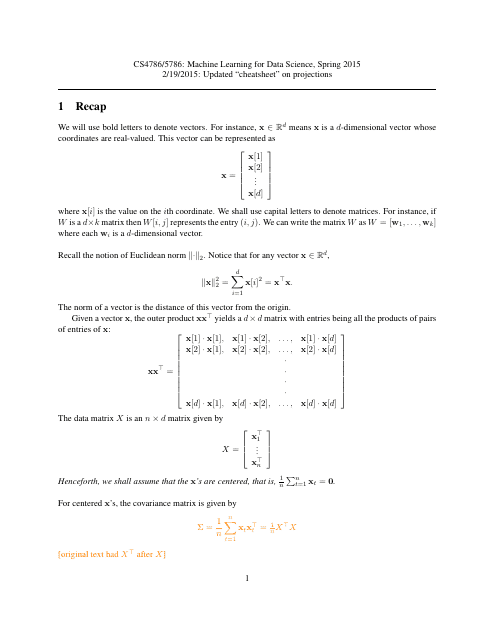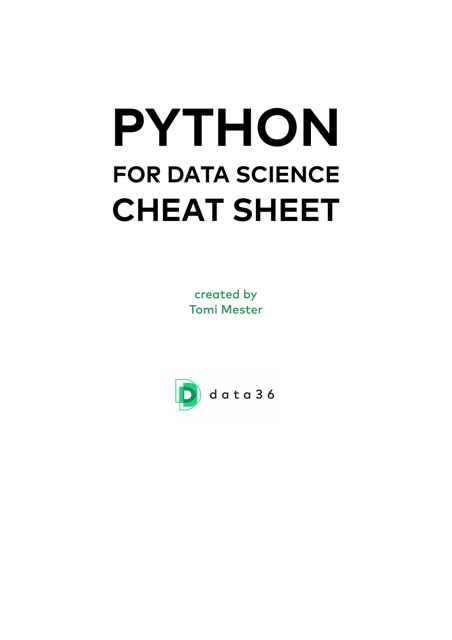Neural Networks Templates
Neural Networks, also known as artificial neural networks or simply neural nets, are computational models loosely inspired by the human brain's neural network structure. These networks are specifically designed to recognize patterns and make predictions based on input data.
Neural networks have been widely used in various domains and have revolutionized fields such as computer vision, natural language processing, and machine learning. These networks consist of interconnected nodes, or artificial neurons, that work together to process information. Each node receives input, applies weight to it, and passes it on to the next layer until a final output is produced.
One popular type of neural network is the Fully Convolutional Network for Semantic Segmentation. This document explores how this network architecture can be used to segment and classify objects in images, enabling applications such as object detection and scene understanding.
Another important aspect of neural networks is training. The document "On the Difficulty of Training Recurrent Neural Networks" delves into the challenges of training recurrent neural networks, a type of neural network particularly adept at processing sequential data, making them suitable for tasks like speech recognition and language translation. The authors discuss various optimization techniques and provide insights into improving the training process.
For those looking to dive into the field of neural networks, cheat sheets can be useful resources. The "Machine Learning Cheat Sheet" provides a comprehensive overview of machine learning concepts and algorithms, offering a quick reference for both beginners and experienced practitioners. Additionally, the "Python for Data Science Cheat Sheet" focuses on the practical aspects of using Python programming for data analysis and machine learning, including handling data, visualization, and implementing neural network models.
In summary, neural networks - or artificial neural networks - are powerful computational models capable of recognizing patterns and making predictions based on input data. They have been widely used in various fields and have significant potential for solving complex problems. If you're interested in learning more, explore the fascinating documents and cheat sheets related to neural networks.
Documents:
5
This document discusses fully convolutional networks and their application in semantic segmentation. It highlights the work of Jonathan Long, Evan Shelhamer, and Trevor Darrell in this field.
This document discusses the challenges and issues encountered when training recurrent neural networks. It is authored by Razvan Pascanu, Tomas Mikolov, and Yoshua Bengio.
This document is a cheat sheet for machine learning techniques and concepts. It provides a quick reference for understanding and implementing different algorithms and methodologies in machine learning.
This document provides a cheat sheet for understanding and implementing projections in machine learning. It includes key concepts, formulas, and examples to help you better understand and apply projection techniques in your machine learning models.
This cheat sheet provides a quick reference guide for using Python in data science. It covers key concepts and syntax, making it useful for data scientists and programmers.





